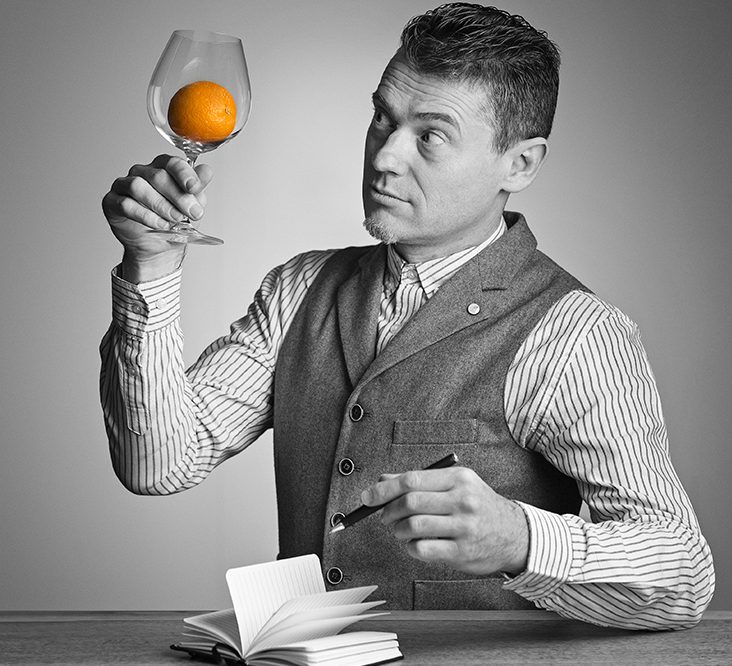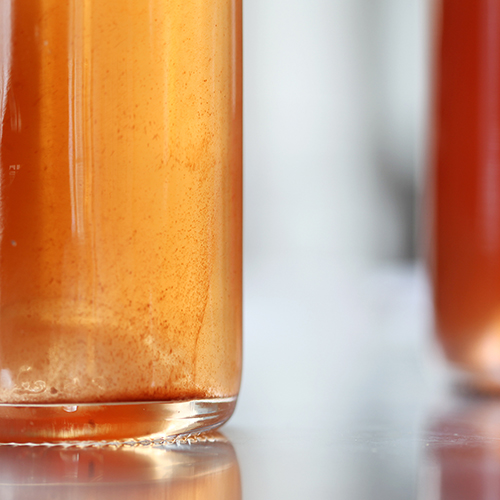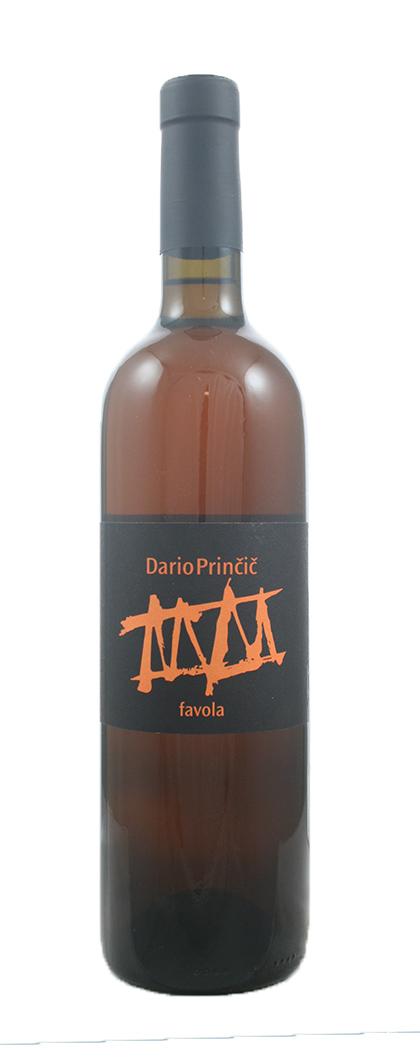Do you remember when every other blog seemed to concern the irresistible rise of orange wines? Orange was – for a time – the only colour. It dominated discourse. I was invited on many a panel to discuss the phenomenon, peel back the mystery (see what I did there) and wrote copious pithy (see what I did there) articles on the subject. The wines made from the skin-contact process were veritably the flag bearers for the natural wine movement. They were out there. ‘Grammable to the nth degree. Vive the orange/amber revolution!
As the category of “o” wines shifted from solely inhabiting the wilder frontiers of east London to becoming more of a mainstream constant, we stopped thinking of them as these weird-and-somewhat-hipster-exclusive wines that we would have to explain why-they-were until we were all orange in the face. Hell, even supermarkets were getting their oenologists’ claws into producing the orange stuff. And I’m not talking Tango here. Or maybe I am. A facsimile, maybe, but imitation is the sincerest… When Simon Woolf wrote his excellent book about the history and culture of the wines as well as the craftiest exponents of the craft, orange wines were firmly on the Here Be Treasure map. Documentaries ensued. More growers took up the cudgels. Georgian wines were on everyone’s lips – and on everyone’s lips. You would think there was not much to say.

Wheels ain’t wheels though unless they are turning. For some reason best known to journalists, a new glut of articles has appeared recently in various publications talking about orange wines in a faux-naif way, as if they had just appeared on the scene. Usually, this signifies that a major player (a supermarket or brand) is toying with the wine category and marketing the product through press releases. Or maybe wine stories are like the 17-year life cycle of the North American cicada; they all hatch together at the same time and their time has come.
—–
A little context. Undoubtedly, we drink with our eyes. But our brain, full of received wine wisdom, conditions our responses. In our ternary world of white, red and rosé, the thunderous arrival of a fourth colour, once upon a time, upset the proverbial (orange) cart. Most consumers, even people in the trade, weren’t sure what the wines were about. Other than they were “the other.” The colour itself seemed wrong, neither fitting into the white nor the red universe. The aromas were all wrong. And the flavours were not on the classic taste spectrum. In the world of easy pop music wine, amber wines were Stockhausen syndrome incarnate!
To make subjects easier to understand, we tend to come up with broad simplifications that don’t do justice to the subject in question but allow us to communicate what we think are basic truths. It is not a bad thing, however, to be perplexed or surprised by a wine. As one vigneron remarked: “We need to be more colour blind in our assessments. The wine is more than the colour, or the idea of the colour. It is the feeling of what is in the glass.”
A paler shade of orange
And what is in the glass serves to prove that orange (or amber) wine is no monolithic category. With as many hues as the proverbial paint chart (in Georgia and eastern European countries, wines with a short period of maceration are called whites), orange wines come in a wide variety of styles ranging from fresh and tangy to the much more intense, structured, mouth-filling and spicy. Tell me what you like to drink, and I can probably pair you with an orange wine. As a genre – and because of the maceration process – the wines tend to have a touch of bitterness and some high-grade tannins. But that all depends on the grape variety, the vintage, and the length and nature of the maceration. Those wines released after a period of ageing in barrel or clay, for example, may also possess an additional oxidative dimension to their taste profile.
A couple of myths to slay. The first one being that orange wines can never exhibit terroir character because the very process of extended skin-contact superimposes itself over the delicate nuances of terroir expression. This is a fallacy. Using the whole grape (rather than discarding skins, stems and so forth) yields more material to express the full potential of the variety in the vineyard in the vintage. Another wine cliché is that all orange wines “taste like cider”. This is one of those lazy received wine wisdom tropes. Ciders are very different to each other, as orange wines are different to other orange wines. I think the observation relates to a bruised fruit/aldehyde character in certain orange wine -which one may encounter in artisan ciders. The wider point is absurd. So many Sauvignons, for instance, smell of gooseberries (or cat’s pee, if that’s your tipple of preference) rather than grapes. It is natural for any wine taster to want to discover rough equivalences (even if some of them are fanciful to say the least!)
The most complex skin-contact wines possess several layers of aroma, flavour and texture. These wines are not obvious – the aromatics are not primary, the fruitiness less obvious. They are not necessarily easy to understand. They are also gastronomic wines and shine best when paired with bold foods. Having said this, there are plenty of examples of more “gateway” orange wines, the kind you might discovers in your local pub, and these tend to be light and fresh (usually fermented in tank and often undergoing carbonic maceration). Certain grape varieties seem to make delicious skin-contact wines. The Traminer grape, for example, where its exotic aromatic peachiness is brilliantly offset by bitter quinine notes derived from maceration. Muscat or Moscatel is another grape that works very well in this regard. Pinot Gris with its pinkish-grey hue is an obvious candidate for skin-on wines. Other varieties that may be improved by maceration include Malvasia, Laski Rizling, Chenin and Cortese. Different grapes inevitably require different handling and different vintages yield different results, so the vigneron must always weigh their options rather than make a one-size-fits-all recipe orange wine.
Certain grape varieties seem to make delicious skin-contact wines. The Traminer grape, for example, where its exotic aromatic peachiness is brilliantly offset by bitter quinine notes derived from maceration. Muscat or Moscatel is another grape that works very well in this regard. Pinot Gris with its pinkish-grey hue is an obvious candidate for skin-on wines. Other varieties that may be improved by maceration include Malvasia, Laski Rizling, Chenin and Cortese. Different grapes inevitably require different handling and different vintages yield different results, so the vigneron must always weigh their options rather than make a one-size-fits-all recipe orange wine.
At Les Caves, we sell approximately 150,000 bottles of all shades of orange wines per year. Sometimes, the wines are bought because they are the other colour, sometimes because they evidently offer a unique point of difference and are a necessary component of a well-rounded list. Orange wines merit journalistic attention not because they are a novelty and genre-breaking, but for the more complex reason that they defy simplistic categorisation and to understand the wines an open mind and a spirit of investigation is needed. Which is a mantra that holds true for responses to all wines that we may be unfamiliar with.
*
For more information on our plethora of orange wines contact us directly:
shop@lescaves.co.uk | sales@lescaves.co.uk | 01483 538820




